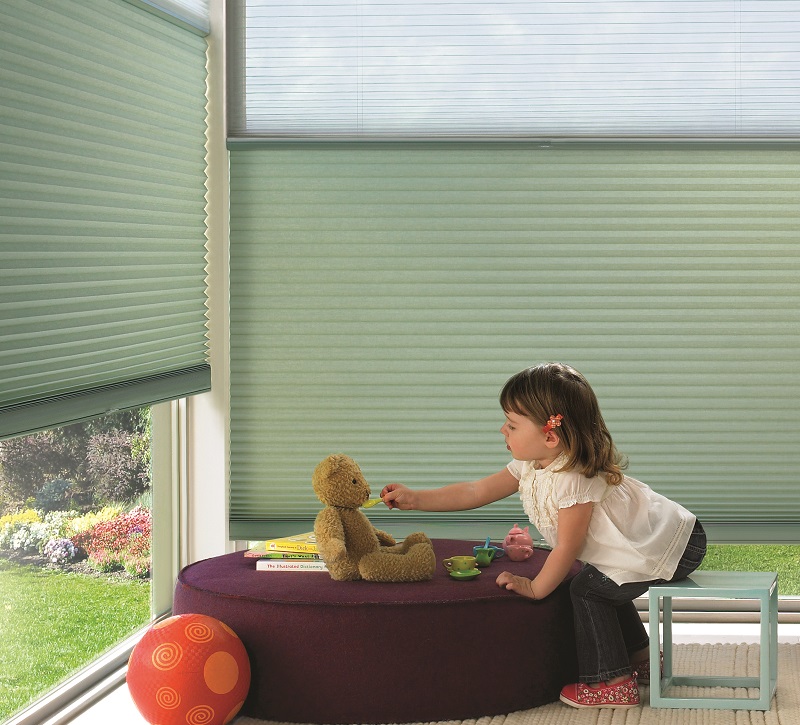
Planning and decorating a child’s room is, for some, one of the most enjoyable parenting tasks there is. Choosing colors, furniture, and bedding are, naturally, an important part of designing a child’s room — but don’t forget the most important part: your child’s safety. Whether you’re babyproofing for an infant or toddler or creating a personal space for a growing child, here are some tips for creating a safe space for your child:
Rethink the heirloom rocking chair
Antiques are great for home decor – but not in your child’s bedroom. Not only are they likely to be damaged, they are often unsafe, especially when it comes to cribs that do not meet today’s safety standards. There’s also the matter of lead paint, which was widely used before 1978, the year its consumer use was banned by the EPA. If you must put an older piece in a child’s room (say, a rocking chair or toy box), strip the old paint and refinish it. The best way to ensure that your child’s bedroom furniture is safe is to buy new or gently used items manufactured within the last five years.
Get rid of the cords
Replace your blinds with child-safe cordless blinds. The looped cords on traditional window blinds are a serious danger for children, creating a high risk for accidental strangulation. For more information on child-safe window treatment options, check out our infographic. While there are ways to childproof the cords on corded blinds, these methods still carry some risk. The advocacy group Parents for Window Blind Safety recommends that cordless window coverings are always used, especially in homes with children 8 years old or younger. It’s especially important to install cordless blinds in a child’s bedroom.
Nix the plastic outlet covers
Don’t leave electrical outlets exposed — but don’t trade one hazard for another, either. Those little plastic plugs that covered outlets for years (and are still on the market) are serious choking hazards. There are many safe alternatives to the old-fashioned covers, but the safest are “swing shut” style covers such as the Safety First ProGrade outlet cover, which fits over the entire outlet and locks shut on its own when a plug is removed.
Beware of the tip-over
Protect your little monkey by securing dressers and bookshelves to the wall. This safety step is easy to overlook, especially if your child’s dresser and bookshelf look perfectly stable. They probably are stable — until your child decides to climb it (and he probably will). Many new dressers and shelves come with fixtures to secure them to the wall. Use them. If your furniture doesn’t have its own fixtures, it’s simple to do it yourself.
Guard your windows
You’ve installed cordless blinds on your windows, now install window guards to prevent your child from opening them and falling out (remember, screens are not a safety device!). In some areas, it’s the law. Either way, it’s a very good idea, and they’re easy to install. Choose a product like the KidCo Window Stop, which prevents the window from opening more than a couple of inches (there should be no more than a 4” opening), with a feature that allows the window to open fully in an emergency.
As a parent, you can’t prevent every danger, but these basics will prevent some of the most common household childhood accidents.



